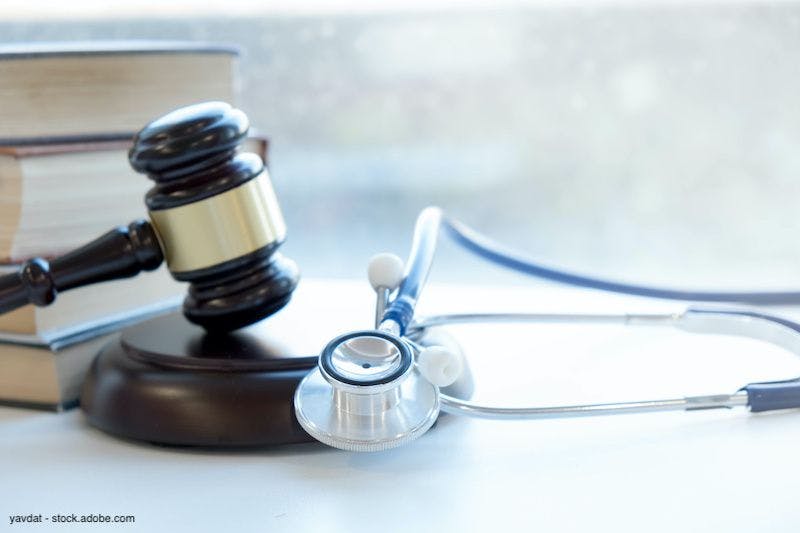Publication
Article
Urology Times Journal
Urology Coding: Removal of previously placed ureter stent presents dilemma
Author(s):
Check for surgical approach and bundling edits when choosing a code.
I was reading an article regarding different approaches to remove a previously placed ureteral stent and ran into a coding dilemma. One of our providers was performing a percutaneous nephrolithotomy for a large kidney stone on a patient with a previously placed ureter stent. The provider grasped the upper end of the stent with a grasper placed through the percutaneous nephroscope and removed the stent through the percutaneous sheath. Our provider insists on billing Current Procedural Terminology (CPT) code 52310 in addition to the percutaneous nephrolithotomy, but I am unsure. Can you clear this up for us?
Jonathan Rubenstein, MD

You are correct in questioning the use of CPT code 52310 for this approach to remove a previously placed ureter stent. CPT code 52310 (cystourethroscopy, with removal of foreign body, calculus, or ureteral stent from urethra or bladder [separate procedure]; simple)describes removal of a ureteral stent from the urethra or bladder using a cystoscope to directly visualize and grasp the stent, foreign body, or calculus. This is not the approach described in your question above, which states that the provider removed the stent directly from the kidney from the percutaneous approach. Therefore, coding CPT 52310 in this situation would not be correct. CPT 52310 could be coded if the stent was removed by inserting a cystoscope into the bladder for stent removal, if not bundled to another service.
Mark Painter

Based on this discussion, one may also be tempted to bill CPT code 50561 (renal endoscopy through established nephrostomy or pyelostomy, with or without irrigation, instillation, or ureteropyelography, exclusive of radiologic service; with removal of foreign body or calculus) or CPT code 50580 (renal endoscopy through nephrotomy or pyelostomy, with or without irrigation, instillation, or ureteropyelography, exclusive of radiologic service; with removal of foreign body or calculus) which, when used alone, would more accurately describe the removal of a stent percutaneously through a nephrostomy or nephrotomy using a nephroscope.
However, before electing to report either of these 2 codes, it is important to check the National Correct Coding Initiative (NCCI) bundling edits for the other services that were provided during the surgical session. For example, CPT code 50080 (percutaneous nephrostolithotomy or pyelostolithotomy, with or without dilation, endoscopy, lithotripsy, stenting, or basket extraction; up to 2 cm) and CPT code 50081 (percutaneous nephrostolithotomy or pyelostolithotomy, with or without dilation, endoscopy, lithotripsy, stenting, or basket extraction; over 2 cm)both include CPT code 50561, so they cannot be coded together if the procedures are being performed on the same renal unit. Modifier 50 or XU would be required if these codes were to be reported on the contralateral renal unit.
One additional consideration that will need to be considered for the procedures performed is the specific policy established for retrograde stent exchange, which only allows reporting insertion of a stent if a stent is removed during the same operative session as the insertion.1
Although no such policy is included to address an antegrade stent exchange, the physician documentation should clearly support the separate effort required to remove the existing stent, as required for the use of modifier 59 or XS.
Reference
1. NCCI Policy Manual [1/1/21] Chapter VII surgery: urinary, male genital, female genital, maternity care, and delivery systems CPT CODES 50000-59999 for National Correct Coding Initiative policy manual for Medicare services, Paragraph c:19
Send coding and reimbursement questions to Jonathan Rubenstein, MD, and Mark Painter c/o Urology Times®, at UTeditors@mjhlifesciences.com.
Questions of general interest will be chosen for publication. The information in this column is designed to be authoritative, and every effort has been made to ensure its accuracy at the time it was written. However, readers are encouraged to check with their individual carrier or private payers for updates and to confirm that this information conforms to their specific rules.

































